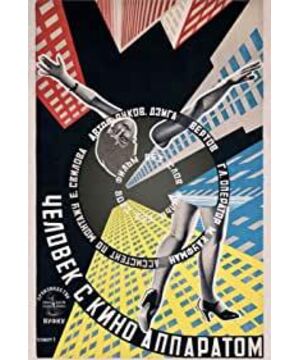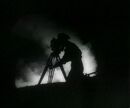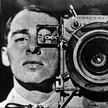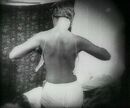A very interesting documentary, both a documentary and a magical documentary. At the beginning of the film, we see the photographer kneeling on the rails. He took the camera and tried to photograph the speeding train. The next second, the train speeded by and seemed to run over the photographer's head. For a second, we see the director take out the camera buried between the rails, and himself, unscathed. In the next second, the sleeping person woke up, and the whole city woke up.
The city is quiet and peaceful in the early morning, and the rhythm of life in the morning begins to speed up as people wake up, and everywhere is full of vitality. Outline of an industrial age city. Then we see the funeral procession and the new children, the injuries and rescue of soldiers, and a daily work situation of people in various industries: printing, packaging, sewing machines, cigarette assembly lines, the work of coal miners...
The film's director, Djiga Vertov, was one of the founders of Soviet documentary films. Influenced by the proletarian cultural school at that time, he denied any film art other than news film. Vertov is his pseudonym, which means spin.
The lens of this film often enters and then enters from one perspective, from macro to micro. At the same time, the photographer often appears in the lens. He carries the camera to find suitable angles, reminding us from time to time that what we see is what the photographer wants to show. What is given to us is selected and edited.
The film was originally a silent film, and I saw a version with music, which also included a passionate symphony, which is said to have been re-accompanied in 2001. The soundtrack is the icing on the cake, giving the film a more lively pace.
View more about Man with a Movie Camera reviews







